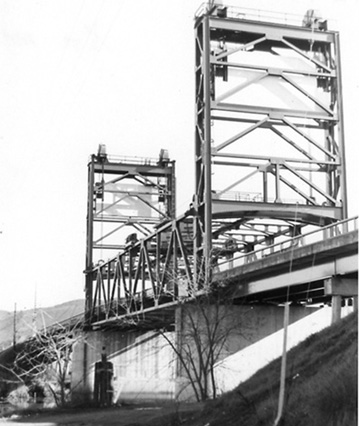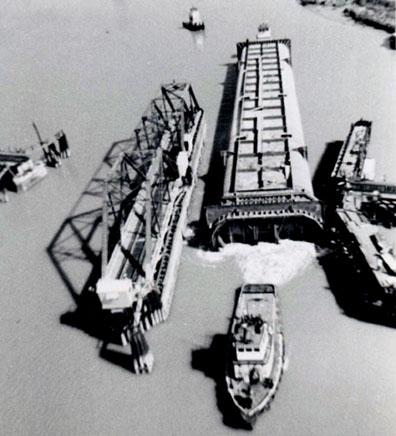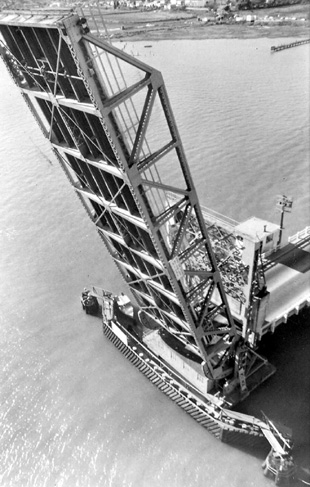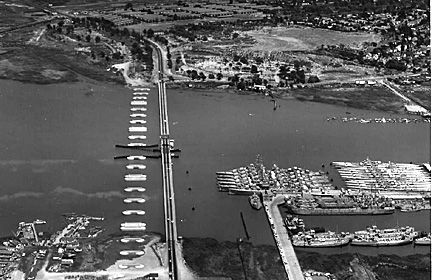
|
INCLINE PRESS 2 Townsend St., 2-213 San Francisco, CA 94107 (415) 284-0127 |
|||||||||||||||||
|
|
|||||||||||||||||
|
|
|||||||||||||||||
|
|||||||||||||||||
|
SAN FRANCISCO PHOTOS |
|||||||||||||||||
|
|
|||||||||||||||||
|
|
|||||||||||||||||
|
|||||||||||||||||
|
|
|||||||||||||||||
|
|||||||||||||||||
|
|
|||||||||||||||||
|
|||||||||||||||||
|
|
|||||||||||||||||
|
|||||||||||||||||
|
|
|||||||||||||||||
|
|||||||||||||||||
|
|
|||||||||||||||||
|
|||||||||||||||||
|
|
|||||||||||||||||
|
|||||||||||||||||
|
|
|||||||||||||||||
|
|||||||||||||||||
|
|
|||||||||||||||||
|
|||||||||||||||||
|
|
|||||||||||||||||
|
|||||||||||||||||
|
BOOKS |
|||||||||||||||||
|
|
|||||||||||||||||
|
|
|||||||||||||||||
|
|||||||||||||||||
|
|
|||||||||||||||||
|
|||||||||||||||||
|
|
|||||||||||||||||
|
|||||||||||||||||
|
|
|||||||||||||||||
|
|||||||||||||||||
|
|
|||||||||||||||||
|
|||||||||||||||||
|
|
|||||||||||||||||
|
|||||||||||||||||
|
|
|||||||||||||||||
|
|||||||||||||||||
|
|
|||||||||||||||||
|
|||||||||||||||||
|
|
|||||||||||||||||
|
|||||||||||||||||
|
|
|||||||||||||||||
|
|||||||||||||||||
|
|
|||||||||||||||||
|
|||||||||||||||||
|
|
|||||||||||||||||
|
|||||||||||||||||
|
|
|||||||||||||||||
|
|||||||||||||||||
|
NON-SAN FRANCISCO PHOTOS |
|||||||||||||||||
|
|
|||||||||||||||||
|
|
|||||||||||||||||
|
|||||||||||||||||
|
|
|||||||||||||||||
|
|||||||||||||||||
|
|
|||||||||||||||||
|
|||||||||||||||||
|
|
|||||||||||||||||
|
|||||||||||||||||
|
|
|||||||||||||||||
|
|||||||||||||||||
|
OTHER STUFF |
|||||||||||||||||
|
|
|||||||||||||||||
|
|
|||||||||||||||||
|
|||||||||||||||||
|
||||
|
|
||||
|
|
 The Maxwell Bridge at Imola Street (State route 29), in Napa. Built in 1949, it was a welcomed site to some after 17 years without a drawbridge in town. The most memorable thing about its construction was the discovery, during escavation, of a two-hole privey. Because the artifact was given historical status, it delayed the project adding $35,000 to the cost. This bridge rarely opens for any type of water craft because few, if any, boats able to navigate the shallow waters are large enough to require an opening.  Shown above is a 324-foot section of the twin-bore BART tube being towed through the Southern Pacific drawbridge on the Napa River. Photo: U.S.Coast Guard Built in 1905 to repace an earlier bridge built in 1888, it was located at Dutton's Landing, approximately seven miles south of Napa. This ancient span was widely known as the Brazos Drawbridge. Until the late 1960s, it was without electricity. The navigation lights were kerosene lamps and the bridge was opened and closed via a model-A Ford engine. Due partly to its location on the foggy Napa River, the bridge was the scene of many accidents over the years. In 1959, for example: three locomotives, weighing 185 tons and valued at $600,000, plunged into the river from the bridge. After 75 years of service, it was replaced in 1979 by the following span.  The new Southern Pacific Brazos Drawbridge on the Napa River. Opened to rail traffic on may 17, 1979, this new vertical lift bridge was built adjacent to the old one so that traffic could continue to the last minute. During a 24-hour changeover, the drawspan of old bridge was lifted off its center pier and towed away. The center pier was then destroyed by explosives. As the swing span departed the site via a barge, the 228-foot lift span was on its way, also via a barge to the site. On October 28, 1983, the new bridge experienced an incident very similar to what happened on the old swing bridge in 1959. It seems two locomotives were left unattended on the approach to the open bridge while the crew were moving yet another locomotive. They somehow "got away" and rolled off the end of the track and into the river. Since they were unmanned, ther were no injuries.  The former drawbridge at Vallejo. Built by the Sears Point Toll Road, in 1927, this bridge over the Napa River was kept quite busy. Due to the nature of the river and the ever present fog in the immediate area, the bridge also took a beating from passing watercraft. The traffic through the span consisted of barges with tugs, pleasure boats and ships going to the Kaiser and other facilities upriver from the bridge. This, and two other moveable bridges on the toll road, became the property of the state in 1942. On August 10, 1967, a new high level fixed bridge was completed and dedicated a few yards upstream from this one. Both the moveable span, (shown above), and the western approach span were removed and hauled away on barges. The eastern approach span was saved and converted to a public fishing pier.  This aerial view taken in 1963 shows the old drawbridge on the right and the foundation piers of the high level fixed bridge that would replaced it to the left. Rows of navy ships can be seen lined up at Mare Island.   North Bay Bridges #1 Carquinez Strait (Martinez), Pacheco Slough (Martinez), Montezuma Slough (Chipps Island), Napa River (Napa). North Bay Bridges #3 Napa River (Mare Island), Sonoma Creek, Tolay Creek (Sears Point Toll Road). North Bay Bridges #4 Petaluma River (Grandview), (Black Point), (Haystack Landing), ("D" Street), (Washington Street). North Bay Bridges #5 Novato Creek (Bel Marin Keys), Richardson Bay (Sausalito), Corinthian Inlet (Belvedere-Tiburon). North Bay Bridges #6 Corte Madera Creek (Corte Madera), (Greenbrae), Gallinas Slough (San Rafael), Gallinas Creek (San Rafael). |
|
||